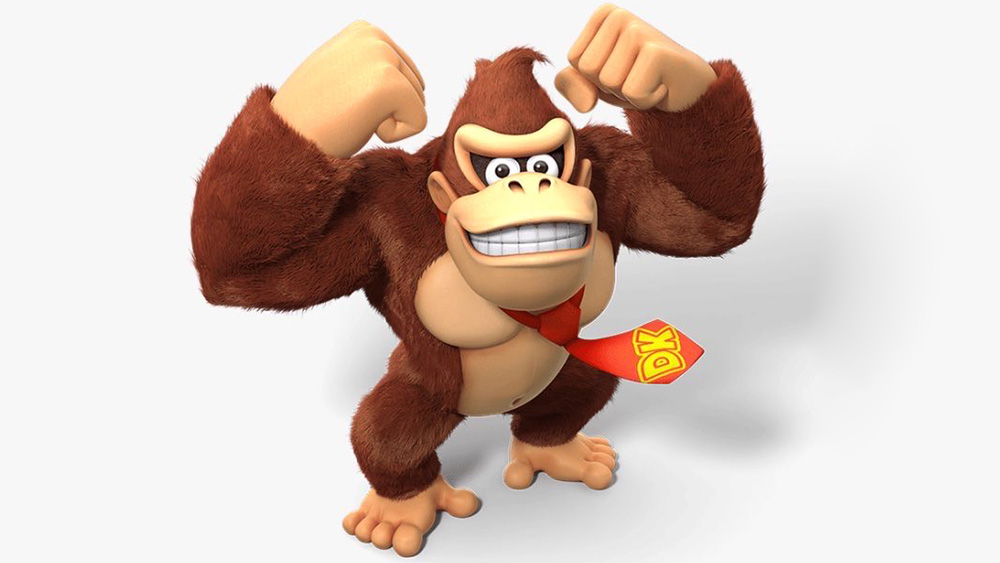The use of generative AI in gaming is controversial. Developers need to be minded that gamers can react negatively to AI in finished assets, as we've seen with examples as varied as AI art in Call of Duty Black Ops 6 and Microsoft's AI Quake II clone.
But AI is more viable when it comes to the earlier stages in game design, speeding up the process of creating storyboards, moodboards and art direction for rough 2D concept rendering.
With that in mind, game development partner Room 8 Group has picked out what it sees as the best AI for game art in a new report (also see our guide to the best game development software to see what programs you might want to pair these with).
The best AI for game art
Room 8 Group's report sets out to find the best AI generator for 2D and concept art. The development parter reviewed 34 AI image generators, including well-known names like Firefly and Midjourney – although those two didn't make it into the top four.
While it gives Midjourney a mention due to its popularity, it warns that game developers with non-disclosure agreements should use Midjourney with caution. It recognises that the model can generate detailed and lifelike images, but argues that it's "nearly impossible" to keep the results of Midjourney prompts private.
Room 8 warns that it's important to understand the potential and limitations of generative AI for game art. It sees the role of AI generators as supporting specific stages of the workflow, stressing that the human touch remains central to creativity, final polish and overall quality.
It notes that all models still produced occasional small errors, such as extra fingers and unrealistic physical positions, requiring human intervention in the final stages of development.
Get the Creative Bloq Newsletter
Daily design news, reviews, how-tos and more, as picked by the editors.
01. Stable Diffusion XL
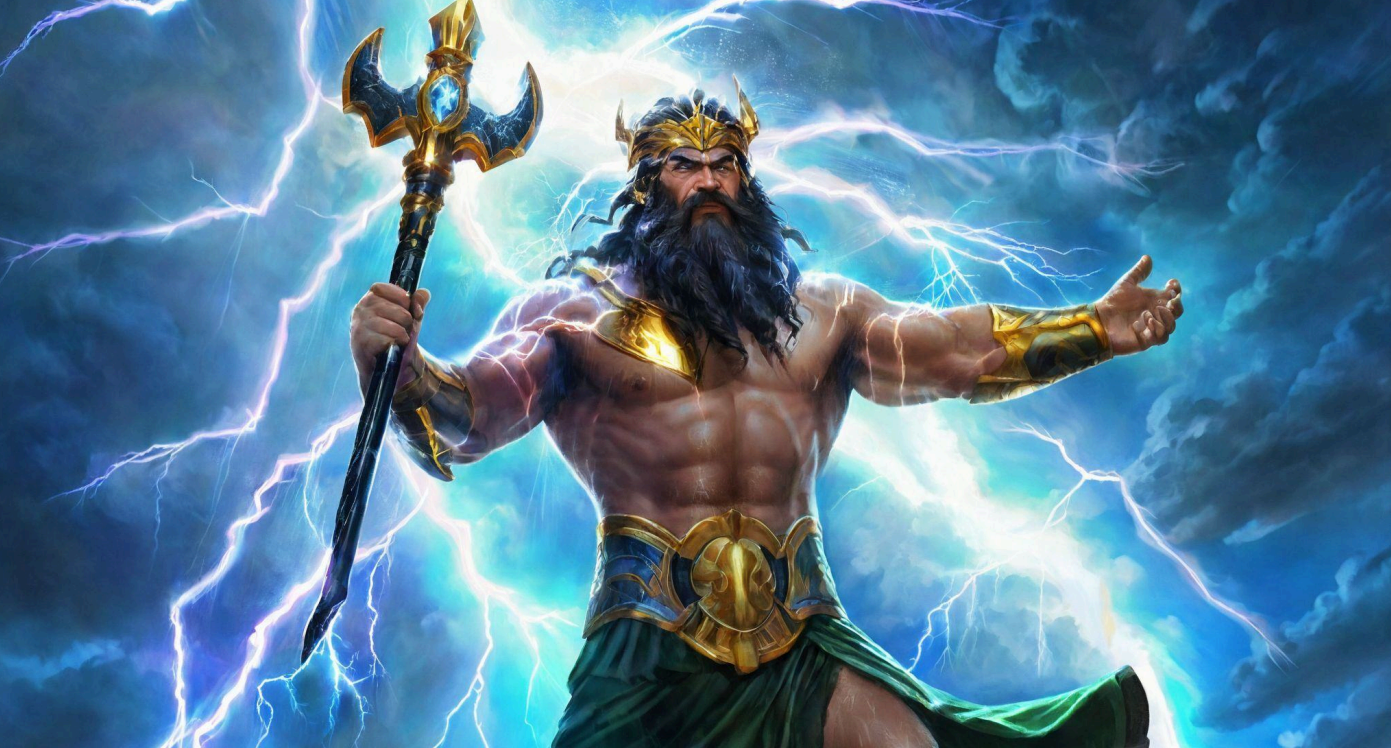
At the top of the list in the report on AI for game art is Stable Diffusion XL (SDXL), which Room 8 says produced "very close to the required level of detail for professional use". It found SDXL to be faster than other models, making iteration of mulitple variants quicker.
It also praised the model's flexibility, finding that it could be efficiently trained to create images in any style or genre, offering more professional control through Controlnet models, which allow the use of visual references in art generation, while its open-source nature means constant updates from the community.
02. Flux.1 Dev
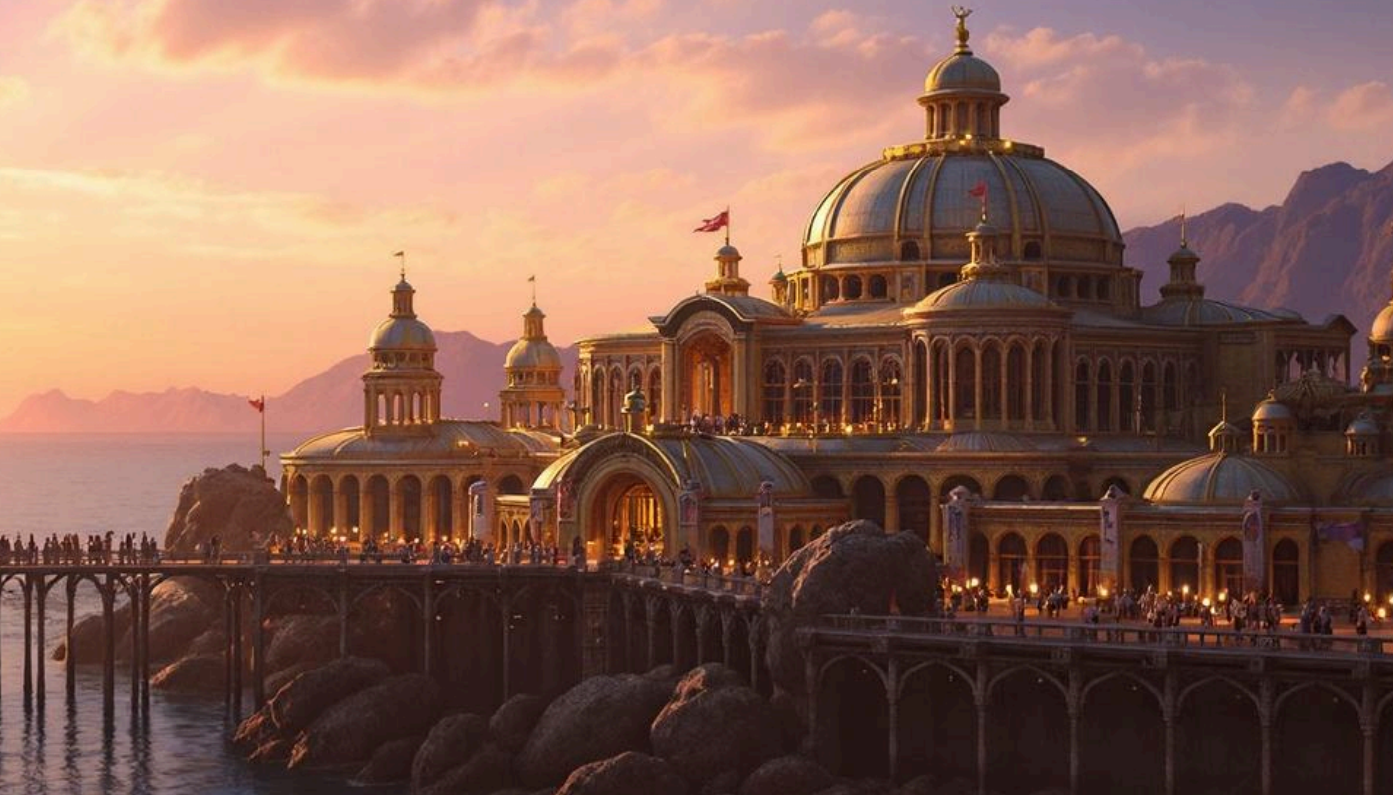
Flux.1 Dev has become popular due to its photorealism. Indeed, Room 8 found that it gave the best results for image quality and resolution as well as adherence to text prompts. The main reason why it only came in second was because it was slower and more resource-hungry, although the report notes that the model is very flexible when it comes to user training using LoRAs.
03. DALL-E 3
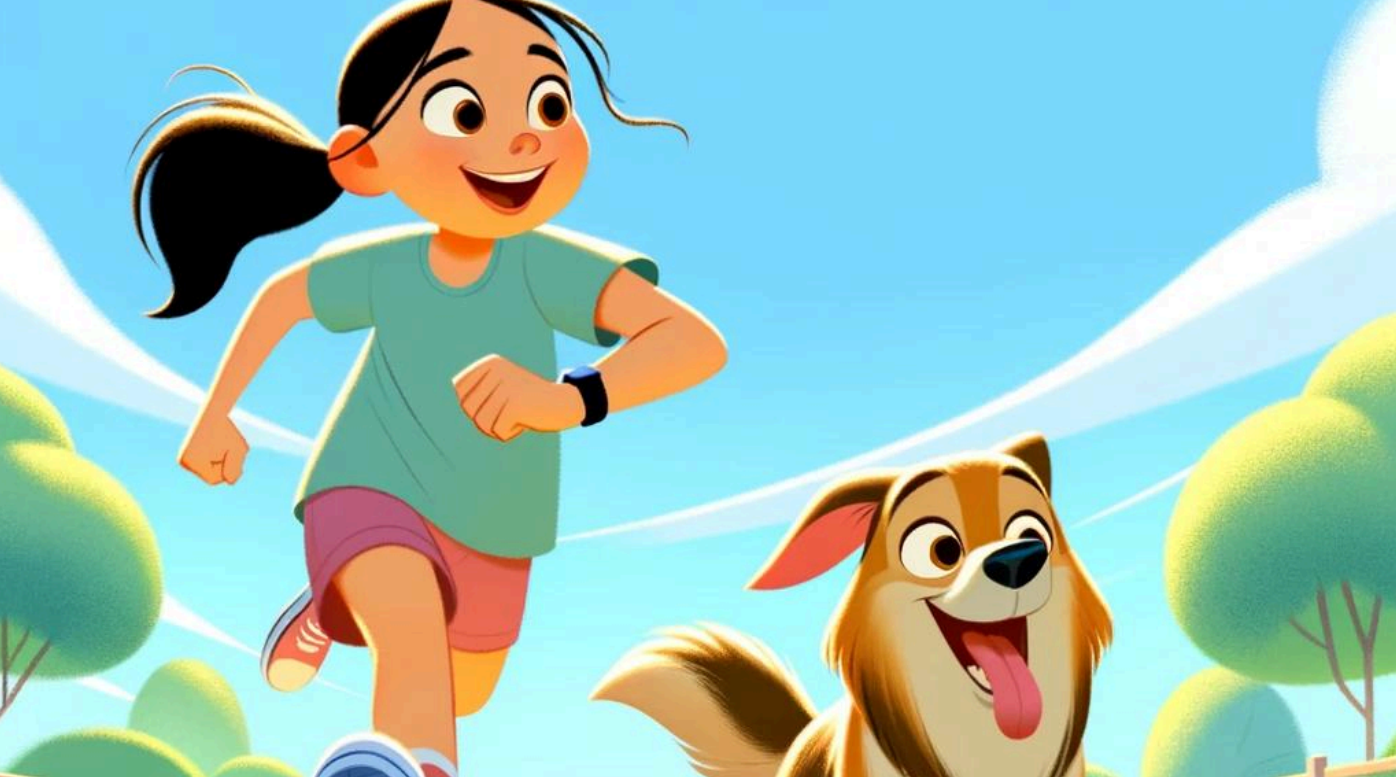
Room 8 praises GPT-4-riven Dall-E 3's ability to generate details, such as poses, lines, and color without requiring direct references. It warns that there's "no guarantee that Dall-E’s output is legally licensed and safe", although the same could be said of SDXL and Flux.
04. BRIA

Bria is probably the least known AI image generator on the list. Room 8 says one of its biggest benefits is that it doesn’t require a powerful computer but still allows a lot of customisation of details. And unlike the previous options, it's trained on 100% licensed data.
The downside? It requires custom training to create art "that’s even halfway good" and comes with a price tag that can be as high as $7,500 per month. Ouch.
For more game development news, see the debate over the art style of Bungie's new Marathon.

Thank you for reading 5 articles this month* Join now for unlimited access
Enjoy your first month for just £1 / $1 / €1
*Read 5 free articles per month without a subscription

Join now for unlimited access
Try first month for just £1 / $1 / €1
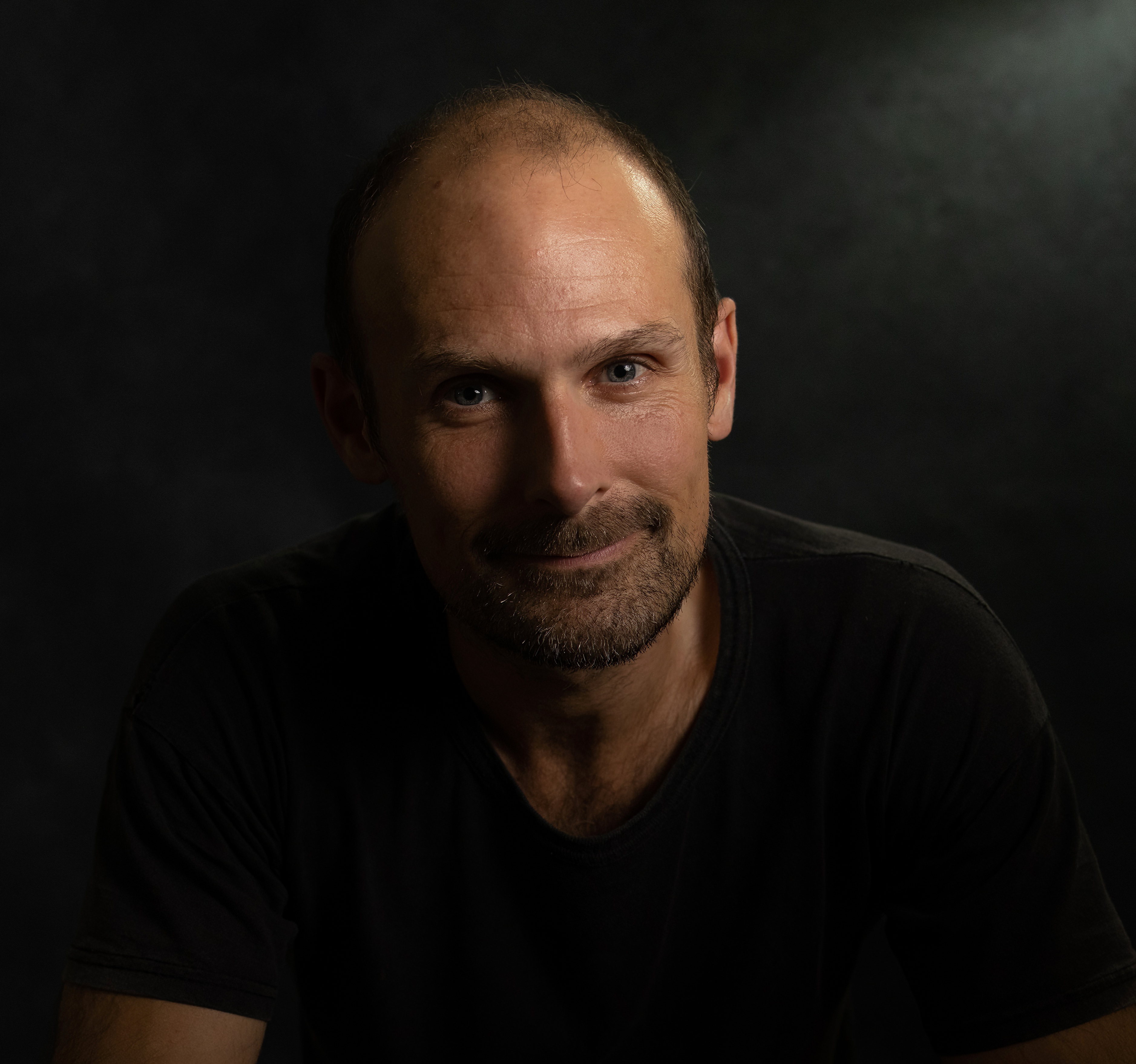
Joe is a regular freelance journalist and editor at Creative Bloq. He writes news, features and buying guides and keeps track of the best equipment and software for creatives, from video editing programs to monitors and accessories. A veteran news writer and photographer, he now works as a project manager at the London and Buenos Aires-based design, production and branding agency Hermana Creatives. There he manages a team of designers, photographers and video editors who specialise in producing visual content and design assets for the hospitality sector. He also dances Argentine tango.
You must confirm your public display name before commenting
Please logout and then login again, you will then be prompted to enter your display name.
